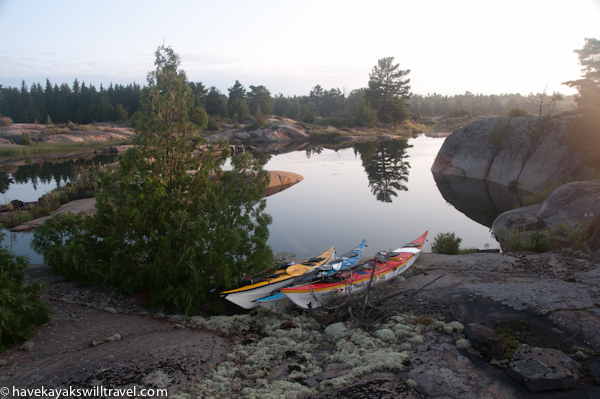 We’ve long intended to return to the Georgian Bay. The northern Georgian Bay especially intrigues us; it’s far less developed (i.e. full of cottages) than the rest of the bay, it’s dotted with tens of thousands of islands, and it’s simply stunning.
We’ve long intended to return to the Georgian Bay. The northern Georgian Bay especially intrigues us; it’s far less developed (i.e. full of cottages) than the rest of the bay, it’s dotted with tens of thousands of islands, and it’s simply stunning.
So when we had a six-day gap in our summer schedule, we seized the opportunity to paddle from the Chikanishing River in Killarney Provincial Park to the tiny town of Britt with our good friend Trish.
We left one car at Ice Cream on the Rocks, a paddler-friendly shop in Britt that provides parking for $10 per day, and drove up to the George Lake Campground, a couple of miles from the put-in, where we spent one night. Along the way, we stopped at the White Squall Paddling Centre in Nobel, where we were able to get additional information about everything from what wildlife to expect and the best places to camp, to the appropriate ways to store food and dispose of waste.
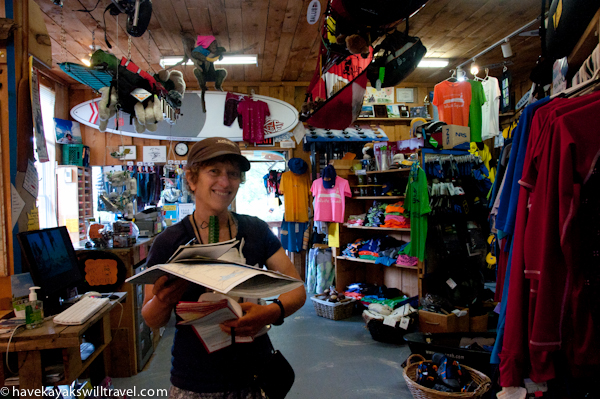
We purchased local maps and charts and got information from experienced guides and paddlers at White Squall.
We were also able to purchase a few essentials we had forgotten to pack from White Squall’s extensive inventory of paddling and camping gear.
Did we mention that this area is stunning? We paddled past smooth, undulating rocks of various colors — pink, grey and black — decorated with lichen. Some had geode veins; others looked corrugated. We know that this area contains elements of both the Niagara Escarpment and the Canadian Shield, and that glaciers played a significant role in sculpting it to its present state, but we longed for a geologist to help us better understand the stories the rocks were telling about their past.
It was easy to find places to set up camp each evening. Plenty of islands offered flat spots for pitching tents and cooking meals; a freestanding tent was definitely helpful on this trip because staking tents wasn’t an option. However, it was important to avoid landing or camping on First Nation land, and a permit was required for camping in the French River Provincial Park. Both are well marked on maps and charts, and backcountry camping permits are available at park facilities.
We saw very few boats during the first several days; a few tents peeked out from behind trees as we passed by, but we were largely alone. We picked wild blueberries and raspberries on some of the islands; watched cranes, herons, eagles and gulls; and saw some spectacular night skies.
We had been warned about one section of the trip: the paddle around Point Grondine. Shallow water, shoals and the headland combine to create big waves and boomers when the wind blows. And indeed, the first time we set out to round the point, we were impressed by how quickly the waves built.
We had enough time to wait for better conditions, so we returned to the “chickens,” a cluster of pretty little islands before the point, and set out again the next day on calmer waters.
That kind of decision reflects the reason we chose this trip. We weren’t trying to set any speed records or accomplish any impressive feats of paddling. We simply wanted to enjoy a multi-day kayak trip with a friend in a remote and inspiring place. We took time to visit lighthouses and explore old fishing camps. We tried to finish each day’s paddle by 4 p.m. to allow plenty of time to set up camp, take a bath, cook dinner, drink wine, have a fire (when appropriate) and watch the stars come out.
We fell asleep listening to waves lapping on the shore and awoke to birds chirping in the trees. We weren’t in a hurry or under any pressure. It was the kind of trip that wouldn’t have been possible without our kayaks and the skills we’ve worked on over the years. Toward the end of the trip, we watched as people in power boats motored past, oblivious to the silence and serenity possible in the nearby islands. And once again, we said to one another, “We are so lucky!”
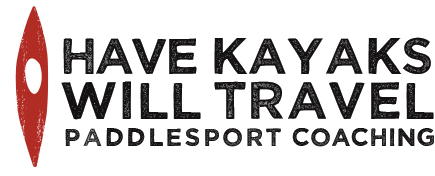

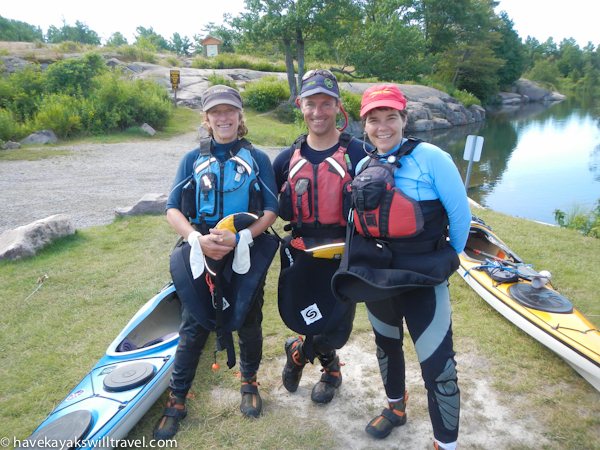
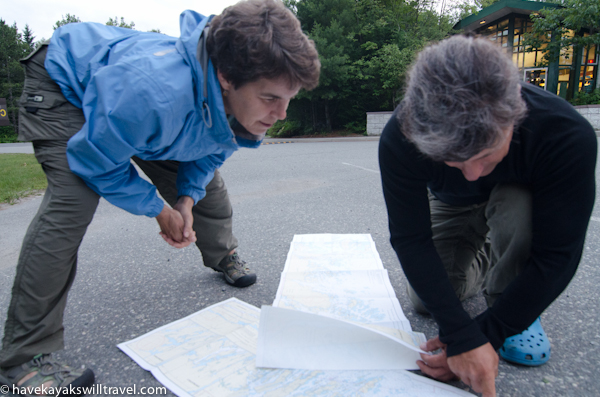
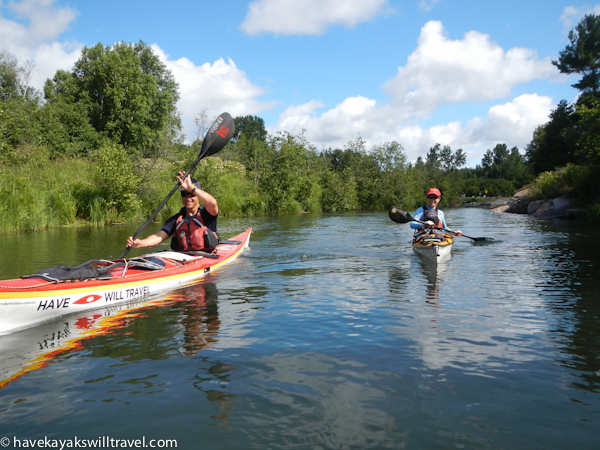
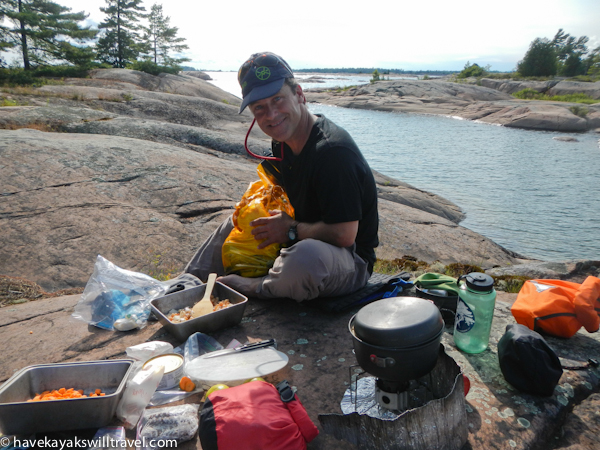
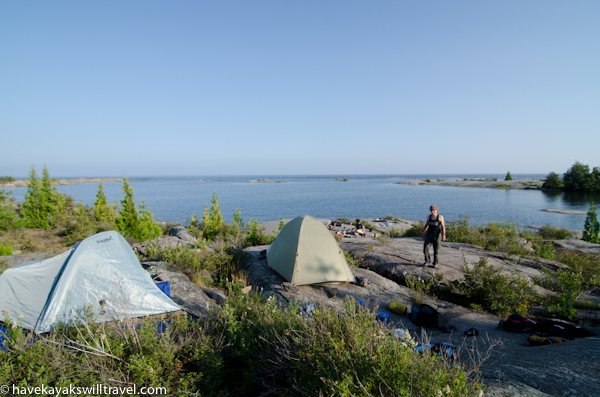

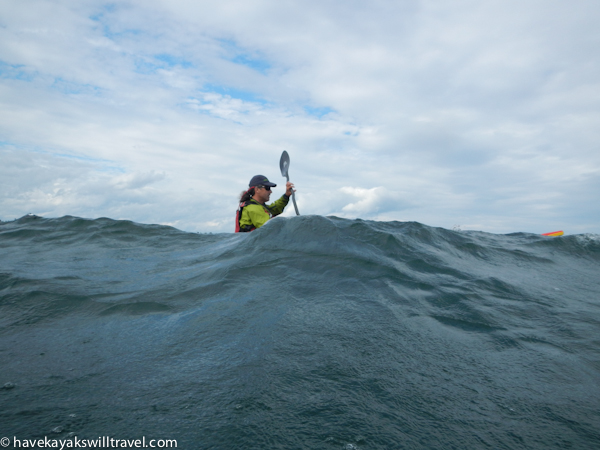
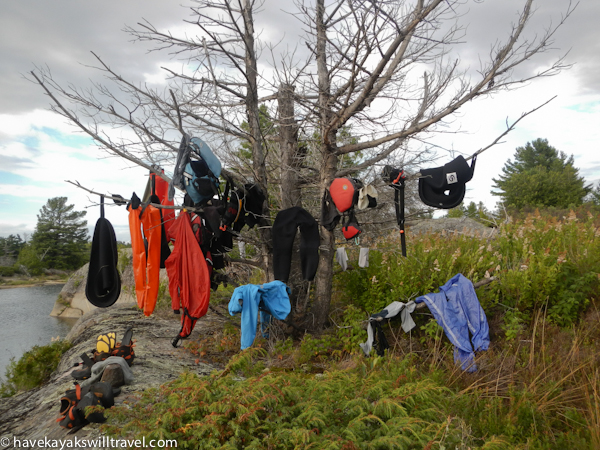
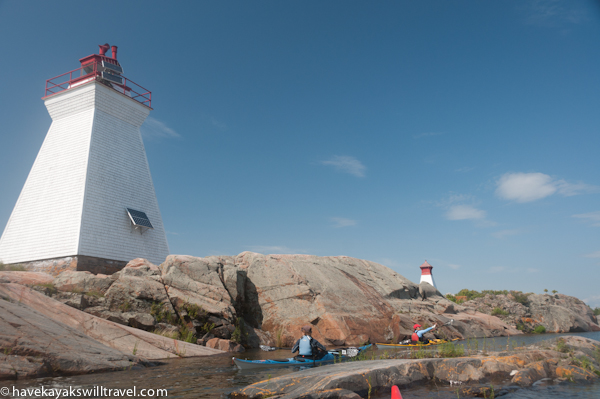
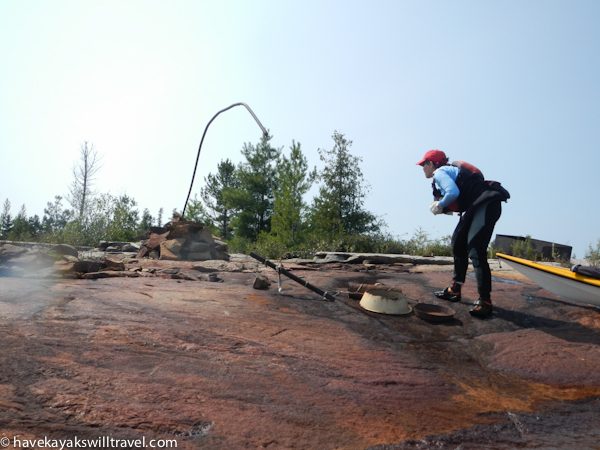
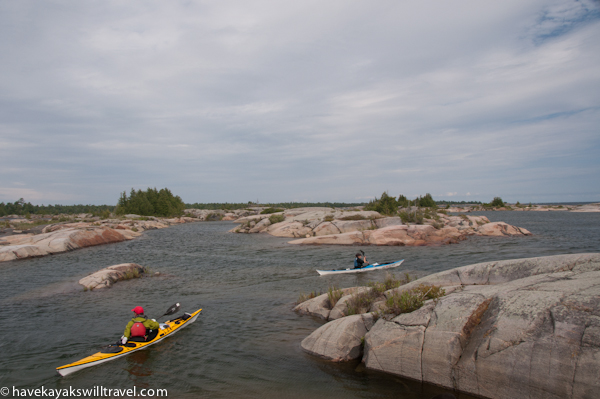






Indeed a great place to paddle, Alec. I’ve been fortunate enough to be in the area a couple of times so far, and will be going back this autumn. Seeing this makes me more anxious to get there again…
Looked like an awesome trip. I’m glad that you were able to make it up to our neck of the woods!
David J.
One of our favorite places. That first picture looks like a campsite we found in the DesJardin Bay area. We came across two Sand Cranes (up close and personal) and a Bald Eagle at that site that was demonstrating aerobatics while carrying a fish to avoid another bird. Awesome place.